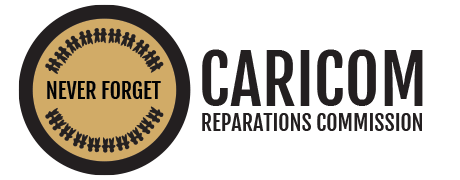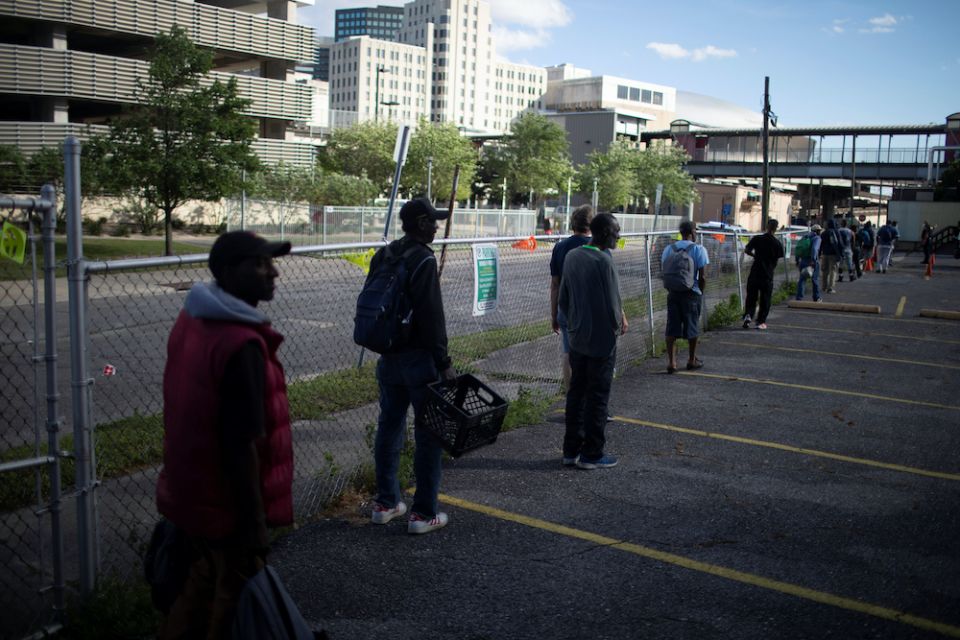As the coronavirus pandemic devastates the elderly, people with disabilities, people who are incarcerated, homeless and first peoples, it cuts open — again — America’s enduring wound of racial oppression.
Disproportionate rates of infection and death among African Americans lay bare continuing health inequalities and the need for the nation to heal this gaping wound through reparations.
William A. Darity Jr. and A. Kirsten Mullen compose the most compelling and comprehensive case for reparations for black Americans in their newly published From Here to Equality: Reparations for Black Americans in the Twenty-First Century (UNC Press, 2020). Their innovative roadmap for reparations begins by exploring four historical opportunities when the United States could have been dramatically altered racial inequality.
These crossroads include the formation of the republic, Civil War and Reconstruction period, the New Deal and 1960s-era civil rights legislation as times when the nation could have taken bold action to acknowledge and redress an age-old wound.
Sadly, however, at every historical juncture, rather than engaging hope and healing through repair, we have accumulated a devastating record of exacerbating what they call the “pernicious impact of white supremacy.”
Coronavirus, I believe, presents the nation and the Catholic Church with the fifth historical opportunity to acknowledge, repair and find closure to this enduring legacy of oppression.
As a student of health disparities, whose partner serves as an emergency room physician, Ibram X. Kendi is deeply worried about the well-being of people of color.
The problem is that the United States does not collect or properly report comprehensive demographic data about health disparities. Kendi, who directs the Antiracist Research and Policy Center at American University, collaborated to develop the COVID Racial Data Tracker.
Kendi applauds Sen. Elizabeth Warren and Rep. Ayanna Pressley pushing the U.S. Department of Health and Human Services to publish comprehensive racial data for who has been tested or treated for COVID-19.
Read full article →





